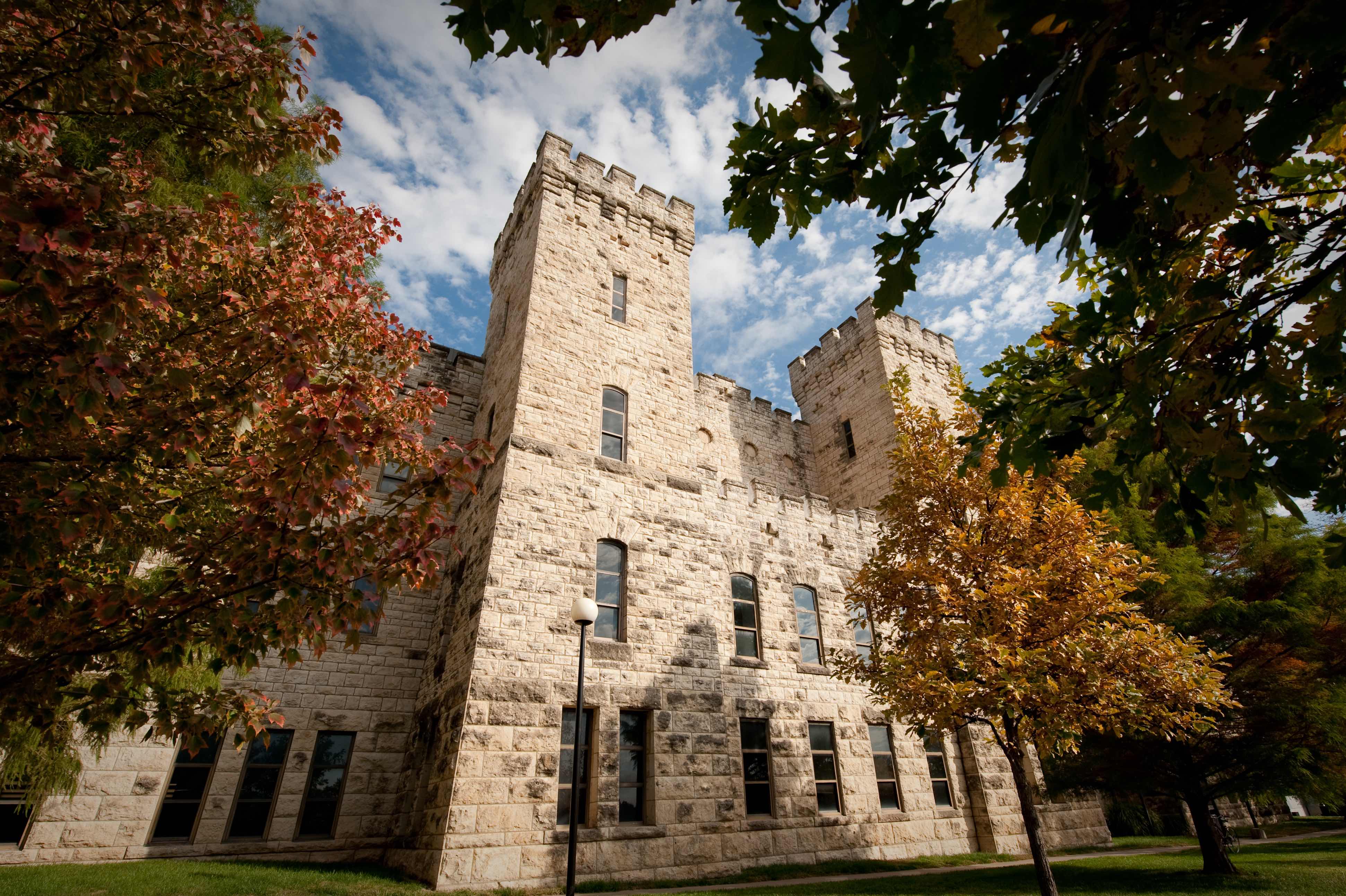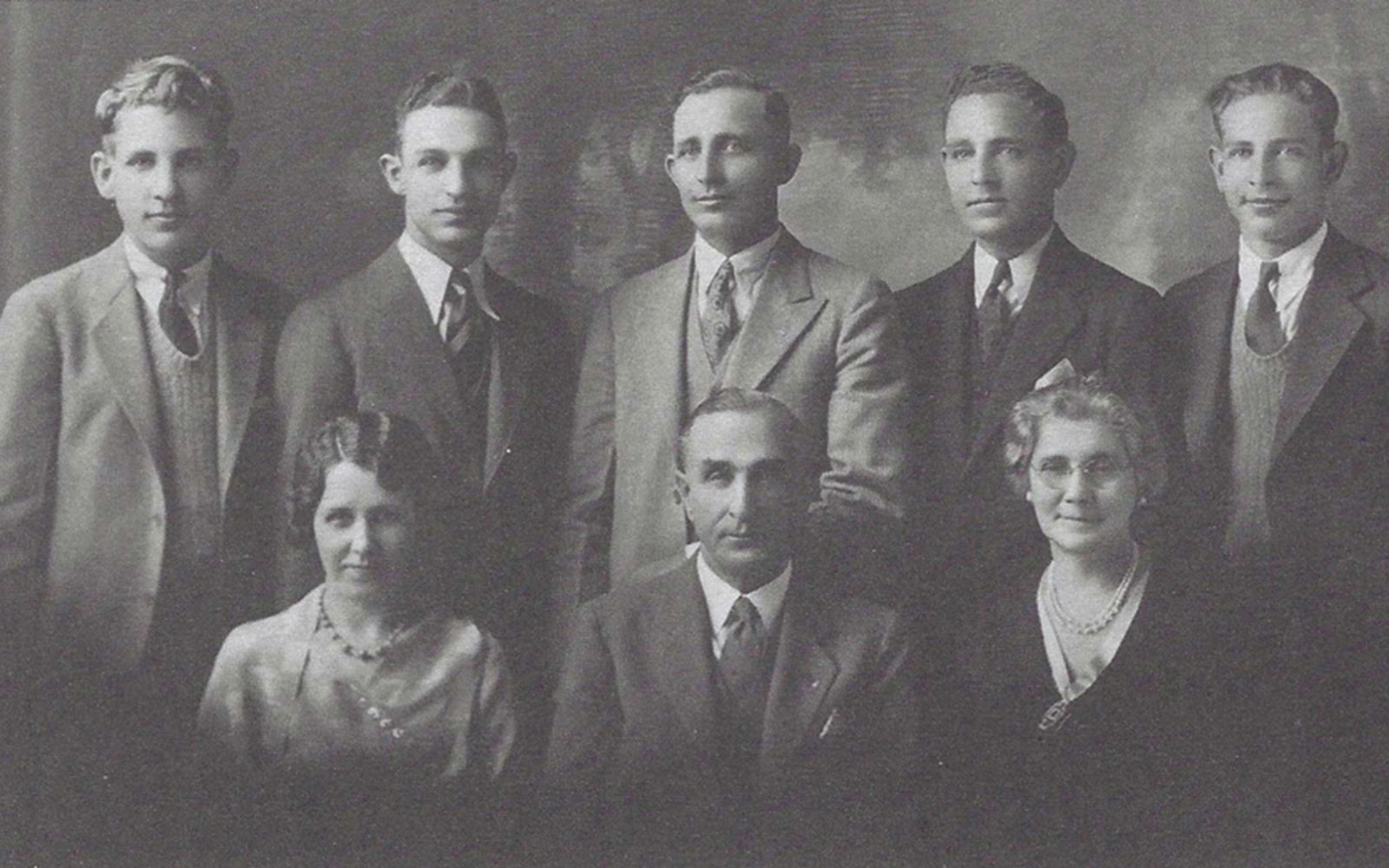
Mission, Values and History
Learn about the A.Q. Miller School's mission, history and commitment to creating a vibrant community and supporting free journalism within our democracy.

Mission
The A.Q. Miller School of Media and Communication develops skilled, mindful, creative, and ethical communicators who elevate voices and stories, lead transformation and innovation and practice influence and advocacy for good.
A Vibrant Community of Scholars, Students and Staff
The School strives to be a place where everyone belongs — fostering a supportive community of students, faculty and staff from varied backgrounds. We affirm and support programs, practices and policies that value respectful dialogue and interactions, embracing the opportunities for enrichment and critical thinking that can be fostered only by bringing a variety of perspectives together. Through our scholarship — our teaching, our research and our service — we strive to help people understand the role of media and communication in creating empowered, informed communities, to help people use their skills to build those communities and to ensure that our School is such a community.
We recognize and celebrate the responsibility and potential of media and communication in shaping ourselves, our relationships, our workplaces and our world. We practice and produce innovative scholarship in media and communication that helps people learn and understand more about themselves and one another, develop ethical and effective media and communication skills and pursue their goals in all areas of their lives.
We wholeheartedly support and contribute to K-State’s mission, vision and Principles of Community. We also are committed to and invested in the standards for advancing excellence in education in journalism and mass communications set forth by the Accrediting Council on Education in Journalism and Mass Communications, or ACEJMC, standards. This is evident in how we lift up both the mission of our industry and the mission of our university, fostering and supporting a community where all can learn, belong and thrive.
History
In 2022, the A.Q. Miller School of Media and Communication emerged from two programs with rich histories and connections: The A.Q. Miller School of Journalism and Mass Communications and the Department of Communication Studies.
In the early years of Kansas State Agricultural College or KSAC, presentation skills, then called “rhetoricals,” were offered by the English Department and mostly intended to prepare students for their required presentations of their senior theses before an audience of faculty, students and townspeople assembled in the university chapel. In 1874, KSAC offered the first program in printing instruction in the United States. In 1898, KSAC’s President Thomas Will created the Department of Oratory. In those days, the College’s eight literary societies met weekly to hear speeches and debates among members, with each society electing its best speaker to represent them in KSAC’s “Intersociety Oratory Content.” This contest was the social and cultural event of the year on campus, with its winner becoming the class/college orator.

The 1900s saw more progress. In 1903, the Regents authorized the creation of a Department of Public Speaking. In 1910, the College established a journalism curriculum for students. Around 1940, the Department of Speech was joined by the theatre and radio programs, becoming the Division of Rhetoric/Communication within the Department of Speech and Theatre (later Speech Communication, Theater and Dance). In 1971, the School of Journalism added “Mass Communications” to its name to reflect the breadth of an evolving curriculum. In 1987, Carl Miller (photo: second from right, top row), a former K-State journalism student and founding editor of the Pacific coast edition of the Wall Street Journal, provided a significant gift to the School of Journalism and Mass Communications, which resulted in naming the School after his father, A.Q. Miller (photo: bottom row, middle), who himself was a pioneer Kansas journalist. And in 2012, with the creation of the School of Music, Theatre and Dance, the Department of Communication Studies came into being as an academic unit.
These events and developments were products of the consistent commitment to growth, innovation and progress in the creation and dissemination of knowledge and skill in media and communication. Today, the A.Q. Miller School of Media and Communication draws on these rich and extensive histories, traditions and growth areas in continuing to advance appreciation and skill in media and communication. Our future, much as our history, is filled with opportunity.
Our Commitment to Supporting Free Reporting in a Democracy
As an educational unit that trains journalists and democratic citizens, the A.Q. Miller School understands the power and value of a free press. As scholars, reporters, media managers and citizens, it is our duty to educate our students and communities on the importance of free reporting and its role in our democracy, as outlined in the First Amendment to the United States Constitution.